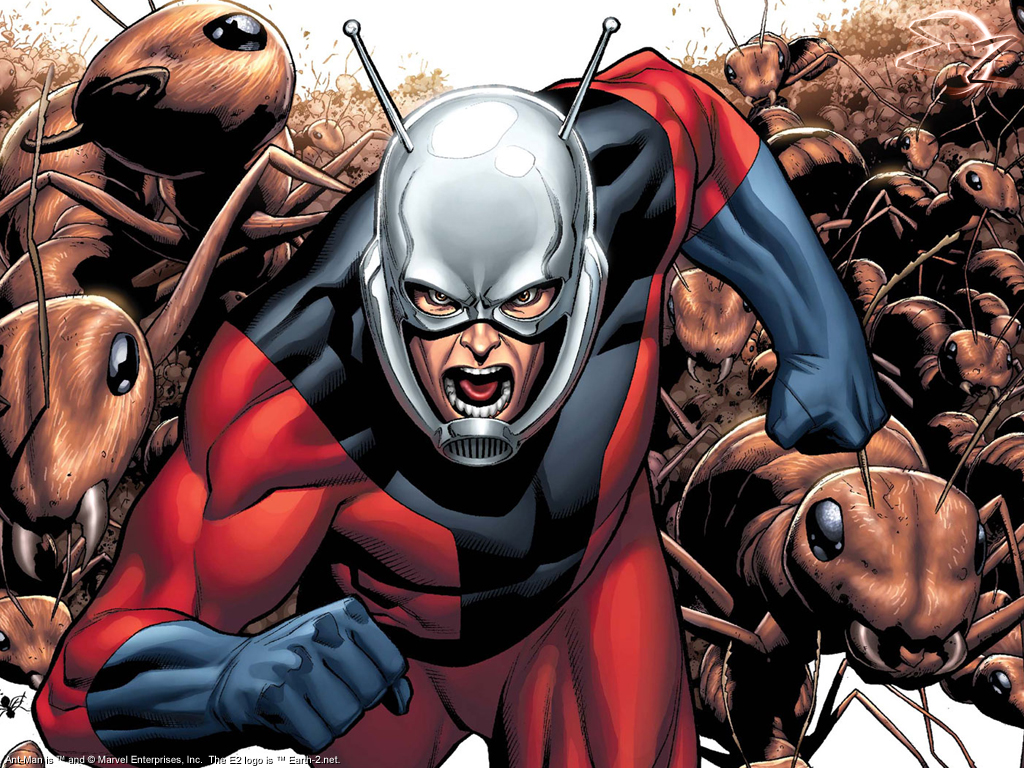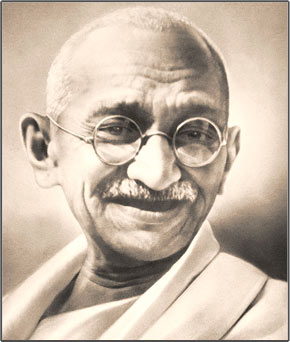I've always been a weenie. I duck in a crisis. I get queasy watching my blood drawn. Mine is a cautious life, one that carefully avoids actions that might lead to broken bones, stitches, or other encounters with medical supplies. While it's true that I endured four natural childbirths, this was only because I was terrified -- nauseated! -- by the very idea of a big, long epidural needle stuck in my back.
Then came motherhood.
Ta-da! My inner superhero revealed herself. In the right situation, talents I never knew I possessed sprang into action. Faster than a speeding bullet, more powerful than a locomotive, able to leap tall buildings in a single bound -- if one of my beloved children was in peril, that is. (Related: The 7 milestones you reach as a new mom)
It's not just me. It's mothering itself. One minute a woman stands in an empty nursery, battling butterflies and Braxton-Hicks contractions, wondering what she's gotten herself into and whether it's truly possible to love anyone as much as her DH. Then, pow! Ka-boom! Zounds! She gazes into that squinchy face and she's ready to lay down her life for a virtual stranger.


 Am Legend is a 2007
Am Legend is a 2007  Men in Black (MIB), in popular culture and in UFO conspiracy theories, are men or aliens dressed in black suits who claim to be government agents who harass or threaten UFO witnesses to keep them quiet about what they have seen. It is sometimes implied that they may be aliens themselves. The term is also frequently used to describe mysterious men working for unknown organizations, as well as to various branches of government allegedly designed to protect secrets or perform other strange activities. The term is a generic one, used to refer to any unusual, threatening or strangely behaved individual whose appearance on the scene can be linked in some fashion with a UFO sighting.
Men in Black (MIB), in popular culture and in UFO conspiracy theories, are men or aliens dressed in black suits who claim to be government agents who harass or threaten UFO witnesses to keep them quiet about what they have seen. It is sometimes implied that they may be aliens themselves. The term is also frequently used to describe mysterious men working for unknown organizations, as well as to various branches of government allegedly designed to protect secrets or perform other strange activities. The term is a generic one, used to refer to any unusual, threatening or strangely behaved individual whose appearance on the scene can be linked in some fashion with a UFO sighting.
 Martin Luther King, Jr., (January 15, 1929-April 4, 1968) was born Michael Luther King, Jr., but later had his name changed to Martin. His grandfather began the family's long tenure as pastors of the Ebenezer Baptist Church in Atlanta, serving from 1914 to 1931; his father has served from then until the present, and from 1960 until his death Martin Luther acted as co-pastor. Martin Luther attended segregated public schools in Georgia, graduating from high school at the age of fifteen; he received the B. A. degree in 1948 from Morehouse College, a distinguished Negro institution of Atlanta from which both his father and grandfather had graduated. After three years of theological study at Crozer Theological Seminary in Pennsylvania where he was elected president of a predominantly white senior class, he was awarded the B.D. in 1951. With a fellowship won at Crozer, he enrolled in graduate studies at Boston University, completing his residence for the doctorate in 1953 and receiving the degree in 1955. In Boston he met and married Coretta Scott, a young woman of uncommon intellectual and artistic attainments. Two sons and two daughters were born into the family.
Martin Luther King, Jr., (January 15, 1929-April 4, 1968) was born Michael Luther King, Jr., but later had his name changed to Martin. His grandfather began the family's long tenure as pastors of the Ebenezer Baptist Church in Atlanta, serving from 1914 to 1931; his father has served from then until the present, and from 1960 until his death Martin Luther acted as co-pastor. Martin Luther attended segregated public schools in Georgia, graduating from high school at the age of fifteen; he received the B. A. degree in 1948 from Morehouse College, a distinguished Negro institution of Atlanta from which both his father and grandfather had graduated. After three years of theological study at Crozer Theological Seminary in Pennsylvania where he was elected president of a predominantly white senior class, he was awarded the B.D. in 1951. With a fellowship won at Crozer, he enrolled in graduate studies at Boston University, completing his residence for the doctorate in 1953 and receiving the degree in 1955. In Boston he met and married Coretta Scott, a young woman of uncommon intellectual and artistic attainments. Two sons and two daughters were born into the family.


 Tupac Amaru Shakur (June 16, 1971 – September 13, 1996), known by his stage names 2Pac (or simply Pac) and Makaveli, was an American rapper. Shakur has sold over 75 million albums worldwide, making him one of the best-selling music artists in the world. In the United States alone he has sold 37.5 million records. Rolling Stone Magazine named him the 86th Greatest Artist of All Time.
Tupac Amaru Shakur (June 16, 1971 – September 13, 1996), known by his stage names 2Pac (or simply Pac) and Makaveli, was an American rapper. Shakur has sold over 75 million albums worldwide, making him one of the best-selling music artists in the world. In the United States alone he has sold 37.5 million records. Rolling Stone Magazine named him the 86th Greatest Artist of All Time.